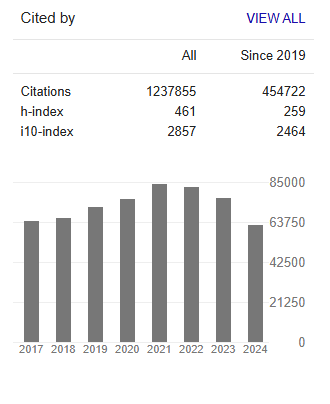The Concealed Perils to Public Health: Origins of Emerging Non-Communicable Illnesses (NCDs) in Mining Regions of Ghana
Abstract
Emmanuel Arhin, Jeff Dacosta Osei, Bright Karim-Abdallah*, Christiana Baah3 and Peter Damoah-Afari
Artisanal and Small-Scale Gold Mining (ASGM) has a rich historical background in Ghana, contributing to over 40% of the country’s gold production. However, current ASGM practices have neglected responsible mining operations, resulting in environmental degradation and adverse health impacts. A comprehensive study analysed 3344 soil samples from a mining district in Ghana, revealing high concentrations of arsenic (As), lead (Pb), copper (Cu), and zinc (Zn). These elements are associated with gold mineralisation within the Birimian System. The likely causes of these elevated levels include heavy metal accumulations during mining activities and pesticide/fertiliser usage on farms - which is the primary occupation within this study area alongside ASGM operations. The study identified areas enriched with potentially harmful double-sword elements that require small amounts for human development- indicating serious environmental health concerns within these zones. The highest recorded values were up to 246 ppm for As, 148 ppm for Pb, 87 ppm for Cu, and 200 ppm for Zn. Notably, elevated concentrations of As occurred at Agrave, Bogoso, Juabeng, Gyaba, Gyeduakese etc., while high levels of Pb were found at Bogoso, Agrave, Beposo, Wassa Bekwae, Asaasetre, Donkorworano, Samreboi, Odumase, Anhwerem locations; Cu had high concentrations near Bawdie and Moseaso while Zn was highly concentrated at Kwao Mensah, Kokoasi, Ayensukrom Hamatuo and Abotarey sites.
In conclusion, this paper recommends establishing baseline pollution status measurements before commencing any mining activities followed by regular monitoring to ensure safety standards are maintained - especially regarding the population living around mining communities’ good health rights protection.




